A Month in Siena 10/16/2023
Eyewitness Travel: France
Rosemary Bailey, editor
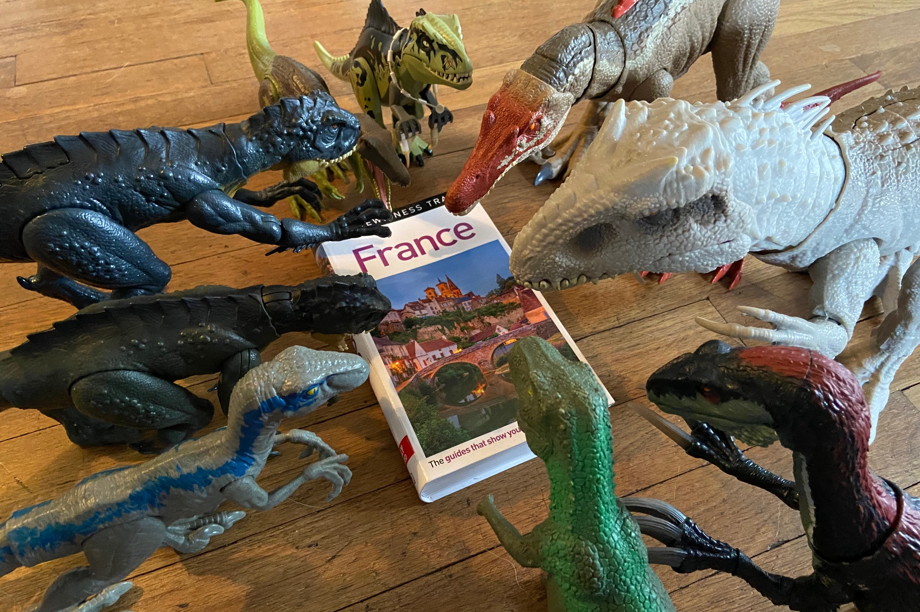
Review: Eyewitness Travel: France (2018), Rosemary Bailey, project ed. Arrangement by Francis Tann. December 2022.
Reading time: 6 minutes
Return to Blog Home
April 24th, 2023 at 6:23pm
Please consider disabling your ad blocker, it disrupts site functions in addition to blocking ads. Thank you!
The range is impressive.
Like many fans of travel writing, especially members of the travel tribe, I enjoy reading guide books.
Background on this series is here.
I tend to reach for Frommer's and Moon, and I once perused Baedeker's, but I hadn't picked up anything from DK's Eyewitness Travel series until about a year before Covid, when I saw their France guide in one of my favorite local bookstores. I finally made time to read and review it.
People may say it, but I never heard it—not once—in the eighteen months I lived in France. And yet it has appeared in travel guides for decades.
One can't help but notice that Eyewitness Travel: France, like all books in the series, blossoms from a foundation of beautiful design. Most of the writing ranges from good to excellent, but at a deeper level, I find two significant problems. One is awful, and the other is simply unacceptable.
In other words, this book is all over the place.
I'm serious, though. It's really pretty.
Let's Start With That
The photographs, maps, and illustrations jump off the page and engage the reader. In full page spreads, the colorful items and callouts are tidy, almost never cramped or busy.

A magnificent presentation of Mont-Saint-Michel. |
Throughout the book, in the pages devoted to cities and attractions, high resolution photographs break up the text.

Standard pages on cities and attractions. This is for two towns on Corsica. |

The Abbey of Saint-Martin-du-Canigou, along the Pyrenees in southern France. |
The design alone suffices to create a lovely book to sit and flip through.
Solid Guidebooking
Much of the written content is poised and assertive—exactly what one expects in a travel guide.
A Strong Open
Eyewitness Travel: France leads with the section "Introducing France." The first subsection, Discovering France, is a collection of maps and itineraries ranging from two to seven days, for example:
- A One-Week Tour of Great Architectural Sites
- The palace of Versailles
- Chartres Cathedral
- Châteaux of Chenonceau and Villandry
- Towns of Reims, Laon, and Amiens
- A Wine and Food Tour of Burgundy, Périgord, and Bordeaux
- The Cote d'Or vineyards of Beaune
- Auvergnat cheese in St-Nectaire and Cantal
- Truffles in the Dordogne Valley
- Wines of St-Emilion and Bordeaux
- The brandy of Cognac
Discovering France immediately reinforces a message: This is a travel book. We have nice images, essays, and recommendations, but here are maps and itineraries, some of the primary tools for actually traveling. I appreciated that.
More fantastic design-driven subsections in "Introducing France" include Artists in France, Rural Architecture, and Romanesque and Gothic Architecture, which should win a prize. If you're the sort of traveler who visits churches, but you're not an architect or art historian, these pages are incredibly informative.

Six hundred years of architecture masterfully condensed into two pages. |
Errors & Omissions
Throughout the book, the brief descriptions, written with the appropriate blend of distance and humanity, inform without droning on, and the recommendations are largely reliable.
But.
Sinkholes to the guide's credibility appear throughout the book.
Soak Up The Cliches
Some problems are stylistic. As someone who reads a fair amount of travel writing, I dislike the saccharine language often found in service guides. Eyewitness Travel: France yields to the temptation for the tacky enough to make it noticeable. We're directed to "grab" a drink or a sandwich, "soak up" culture, or "stroll" down an avenue. Since it's France, we see "chic," "uber chic," and "hip" as well.
Much of the written content is poised and assertive—exactly what one expects in a travel guide.
We find more poetic cliches in the introductory text preceding chapters or sections, where we read about "sun-drenched" Provence, Normandy's "windswept beaches," or the "snowcapped peaks" of the Alps.
And when they wish to emphasize a point about a cafe outside the Opéra Garnier, the DK team leans on the wisdom of the doxa with a variation of the dreaded They say:
It has been said that the whole world will pass you by if you sit for long enough at the Café de la Paix.
No, that has not been said.
Sad Gaps
Omissions also glare at the reader through absent eyeballs. I acknowledge that researchers and writers will occasionally overlook something in a travel destination as diverse as France, but a few exclusions are mystifying.
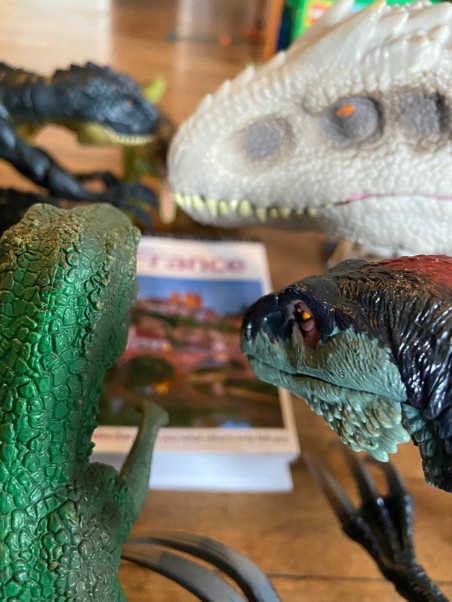
Number of times one should use the word "chic" in a guide book: zero or one. |

Number of times one should use the word "hip" in a guide book: zero. |
Only the Happy Few Will Visit
In Writers in France, an infodump subsection of "Introducing France," we learn that the author Stendhal is "a critic of the frailties of ambition" in his novel Scarlet and Black. And yet later in the guide, the pages devoted to Grenoble, where the author was born, make no mention of the excellent Musée Stendhal.
Overlooked Tragedy
The section devoted to Alsace and Lorraine opens with the words "border regions," and refers multiple times to the embattled lands that have changed nationalities several times since the Franco-Prussian War.
This is all true and historically responsible, but the guide overlooks an essential part of the region's recent history: locals forced by the Nazis to fight against France called les Malgré nous . Several towns in Alsace and Lorraine have a rue des Malgré nous, a popular series of graphic novels tells their story in heartbreaking detail, and the guide book even mentions the Mémorial de l'Alsace-Moselle, but skips over the fact that a part is devoted to the Malgré nous.
On s'en foot
Soccer is the subject of an enormous, embarrassing gap within Eyewitness Travel: France. In an overview of activities throughout the year, it recommends the Football Cup Final, whatever that is, and later, as a side note, they suggest attending a game in the "Olympic" stadiums of Lyon or Marseille, and...that's it for soccer.
The guide book even mentions the Mémorial de l'Alsace-Moselle, but skips over the fact that a part is devoted to the Malgré nous.
Neither Olympique Lyonnais nor Olympique de Marseille has any relation to the Olympics, except for the word in their name, but yes—one should see them if at all possible. Let's not forget Paris St-Germain. PSG's Qatari ownership group has been trying to buy a Champions League title for over a decade, and some of the world's biggest names have played for them: David Beckham, Neymar, Zlatan Ibrahimović, and, only a few years ago, an Argentine many people seem to be excited about named Lionel Messi.
At the international level, the French national team has won the European Championship twice and the World Cup twice.
It would be an incredible experience to watch les Bleus at the Stade de France, or, of course, to see a club game in any city in Ligue 1. We have two tedious pages devoted to writers in France, but no mention of Kylian Mbappé, Antoine Griezemann, Paul Pogba, or Karim Benzema.
Barthes, but not Benzema? C'est quoi ce bordel?
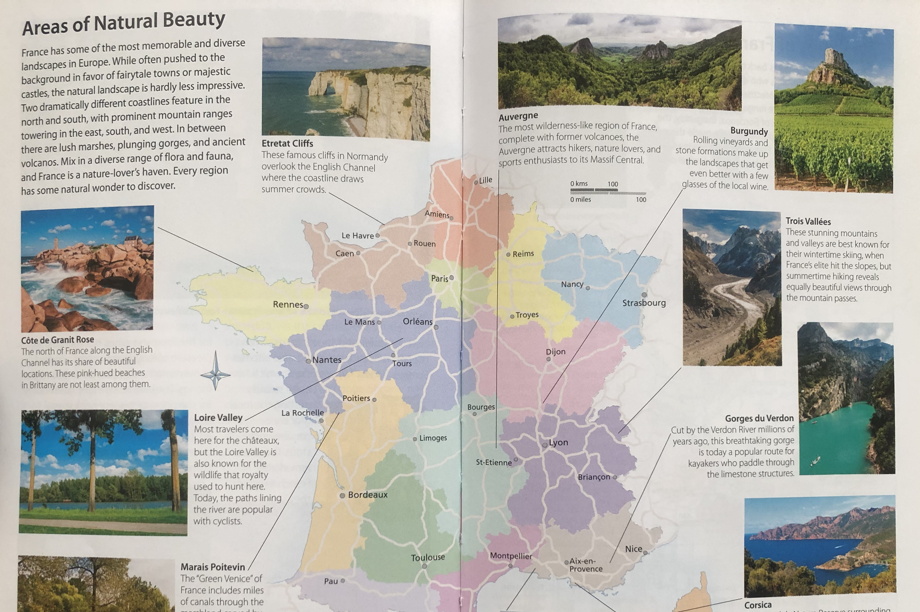
Attractive photographs accompanying callouts on this map of France. |
The Ace of Deliberately Chosen Labels
And then I noticed that several restaurants, including Chez H'Anna and the famous As du Falafel, were called Israeli, not Middle Eastern. Israeli. Like so many things in the Middle East, origins are often murky. Mixed. Claimed and counter-claimed. Perhaps labeling L'As du Falafel "Israeli" merits nothing more than a raised eyebrow, but designating Chez H'Anna "Israeli," with its Moroccan salad, schwarma, hummus, and lamb dishes on the menu is appalling.
Which leads to the worst of the problems in this guide book.
The Horrific
Two mortal sins mar Eyewitness Travel: France:
- Multiple pages of summary content saying little to nothing
- A near total erasure of Africans
A Swoop Swept Away a Thing?
In the opening pages of the book, the subsection "A Portrait of France" gives us text in small font, with oft repeated stereotypes that make me wonder who, exactly, they mean when they say, "the French."
The French are convinced that their way of life is best, and that their country is the most civilized on earth. Many millions of visitors agree with them. The food and wine are justly celebrated. French culture, literature, art, cinema, and architecture can be both profound and provocative. Whether cerebral, sensual, or sportive, France is a country where anyone might feel at home.
Oh, please.
As an American who has been lectured by a variety of Europeans about the United States, as well as what is wrong with neighboring countries on their own continent, I can say from experience that many middle class, often rightward-leaning Europeans are convinced their way of life is best and they are the most civilized. Or at least as civilized as the French.
The lede says nothing, and yet it serves as a template for so much of the summary or introductory text.
The design alone suffices to create a lovely book to sit and flip through.
We learn that "French feminists are unwilling to condemn frivolous sex appeal," and "French attitudes remain traditional." And that's it. On to the next subject.
We are also treated to the tired idea, even if it contains a grain of truth, that the French are "known for their stylishness" and can make "a tee shirt look chic."
Later, the reader is taught Système D (see-stem day) an expression meaning "getting by," particularly in the face of red tape. People may say it, but I never heard it—not once—in the eighteen months I lived in France. And yet it has appeared in travel guides for decades.
We learn that "two factors have forced a change of pace (in French modern life): the internet, which France embraced keenly, and the euro, which, in one fell swoop swept away Europe's oldest decimalized currency, the franc." What does this even mean? Why is it here? Who cares? I may be wrong, but I can't imagine the euro changed the pace of life in France.
Do we really need to be told the internet changed things?
Finally, Sunday lunch is "an important French ritual. It is at these times that the French zest for life really comes into its own." If I wrote that last sentence in any context, I can name three editors off the top of my head who would crucify me.
If we put aside the insipid writing and pointless observations, the larger question is, Who in the name of Charles d'Orléans are we talking about?
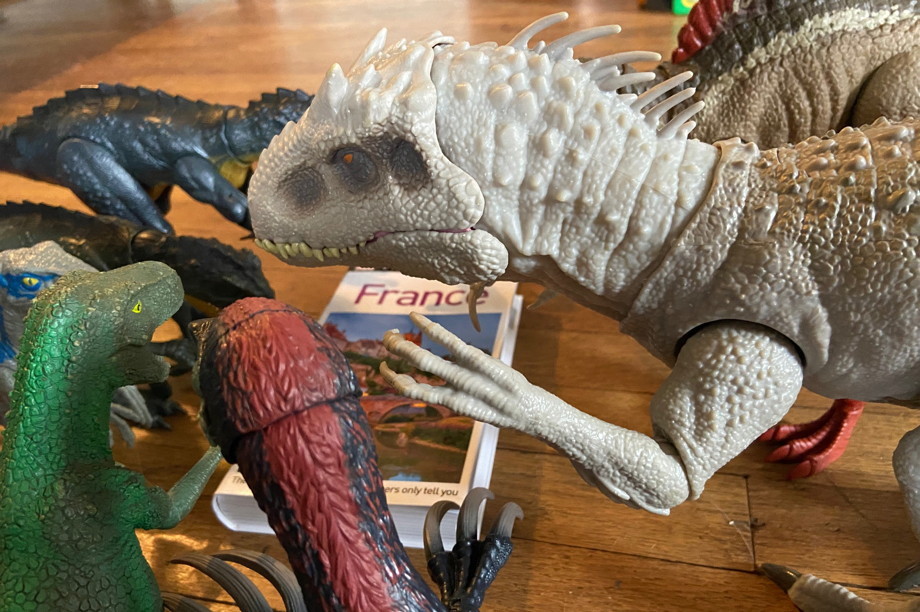
The Indominus Rex is in control. |
The Presence of Absence
Eyewitness Travel: France devotes dozens of fluffy, cliche-ridden, superficial pages to every aspect of white culture and history imaginable, but has nothing to say about the ignoble side of French history (colonialism, racism, antisemitism), or non-whites of any kind.
France has not kept statistics on race or religion since 1789, so we can't say precisely what percentage of the population is Jewish, Arab, Sub-Saharan African, etc. The World Atlas offers that in 2019, France's population of 67m was roughly 10% North African, 3.3% Black, and 1.7% Asian. In the large cities, of course, those numbers seem much higher. Johny Pitts even wrote a book about them.
Do we really need to be told the internet changed things?
I can't believe I have to say this. France is a beautiful place to visit, but it's not Disneyland. Like several western countries, it has an abhorrent history of oppression, and yet its victims, like so many around the world, have risen above their circumstances to make contributions in the arts, cuisine, business, sports, music, fashion.
Our travel guide mentions virtually none of them. Even the restaurants are mislabeled.
Trashy Propaganda
Eyewitness Travel: France reads like the product of several teams with differing talent levels aiming for multiple goals.
When we consider those efforts collectively, the book is a mess. Admittedly, in the mechanics and logistics of a trip to the Hexagon, it will serve travelers well—but at what cost?
Readers probably won't mind that for decades, every travel brochure, magazine, and guide book has told them, for example, to admire "stunning" landscapes or visit "hidden gems," and that Eyewitness Travel: France is yet another publication to borrow such tedious, even cringeworthy language.
France is a beautiful place to visit, but it's not Disneyland. Like several western countries, it has an abhorrent history of oppression.
I imagine they won't care about the Tilt-a-Whirl name drops in the introduction. Or that, say, Edith Cresson's 1999 corruption case "arguably held back women's equality in French politics," or that the 70s and 80s "brought the structuralists, such as Foucault and Barthes, with their radical ideas." Unsure of the specifics of the Cresson's case, or the philosophers' full names and elaboration about any ideas they harbored, readers will probably just skip over the unnecessary chapters that bored even this French Studies major.
But if readers of Eyewitness Travel actually go to France, will they be surprised to see so many brown and black people? Will they feel misled if they stray from the 1st arrondissement or the Marais, that the country is not white and upper middle class?
Will they realize they read trashy proaganda with a lot of pretty pictures?
Click here to list the 44 Reviews which have already been published.
Recent Posts
Eyewitness Travel: France 4/24/2023
L'Africain du Groenland 8/2/2022
On the Plain of Snakes 5/17/2022
Volcanoes, Palm Trees, and Privilege 3/22/2022
L'axe du loup 2/28/2022
The Art of Travel 12/31/2021
Postcard: Los Angeles 11/5/2021
Afropean 8/6/2021
Roadrunner 7/22/2021
Popular Tags
Archive
Show moreAbout
Recent Tweets
If you toggle the switch above the words "Recent Tweets" and it still says, "Nothing to see here - yet," it means the idiot who broke Twitter either hasn't gotten around to fixing this feature, or intentionally broke it to get us to pay for it (which is moronic, I can easily live without it and it generated traffic to his site).

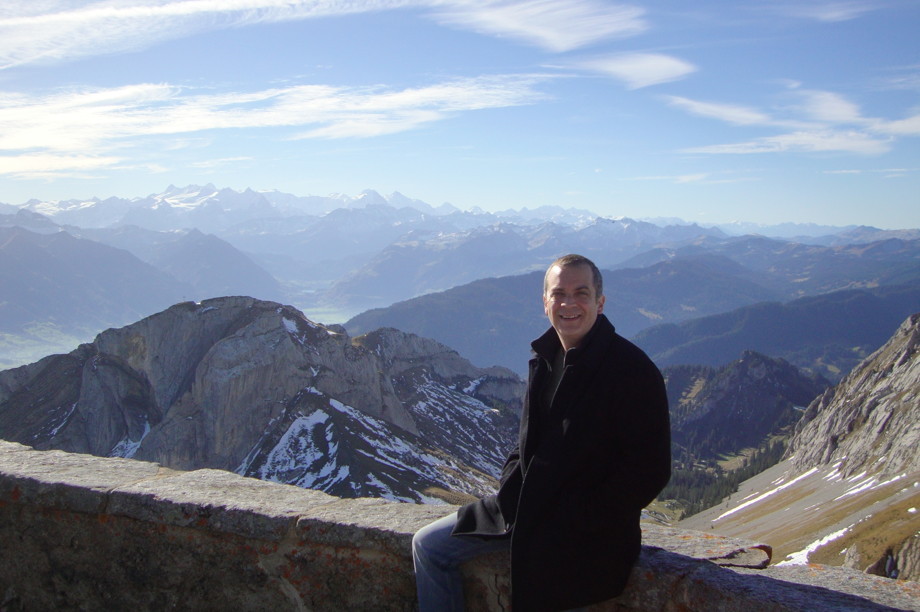
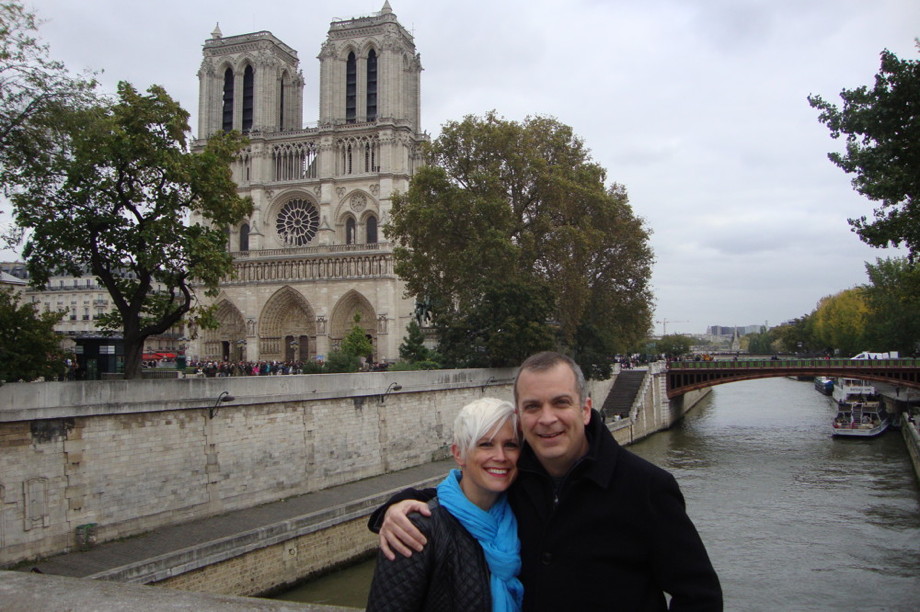



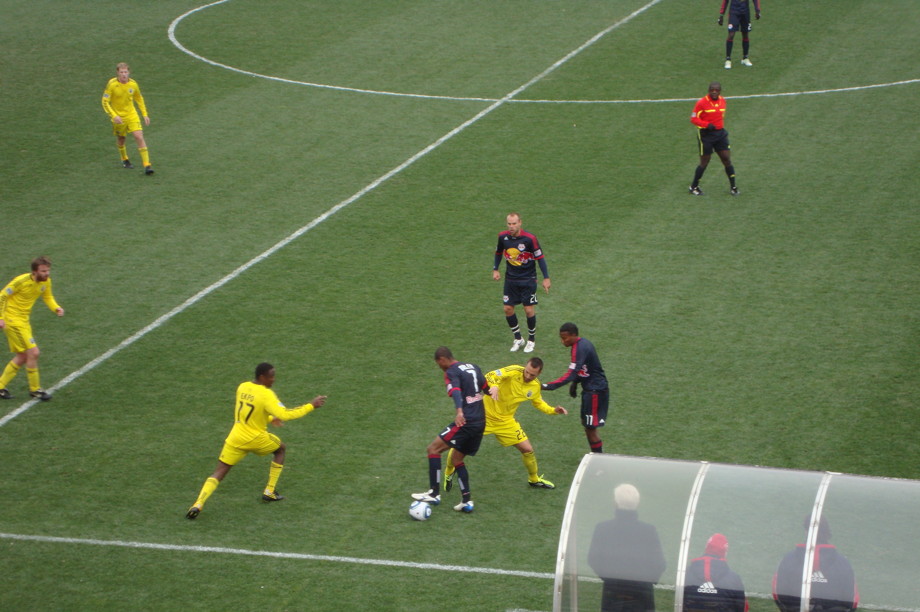

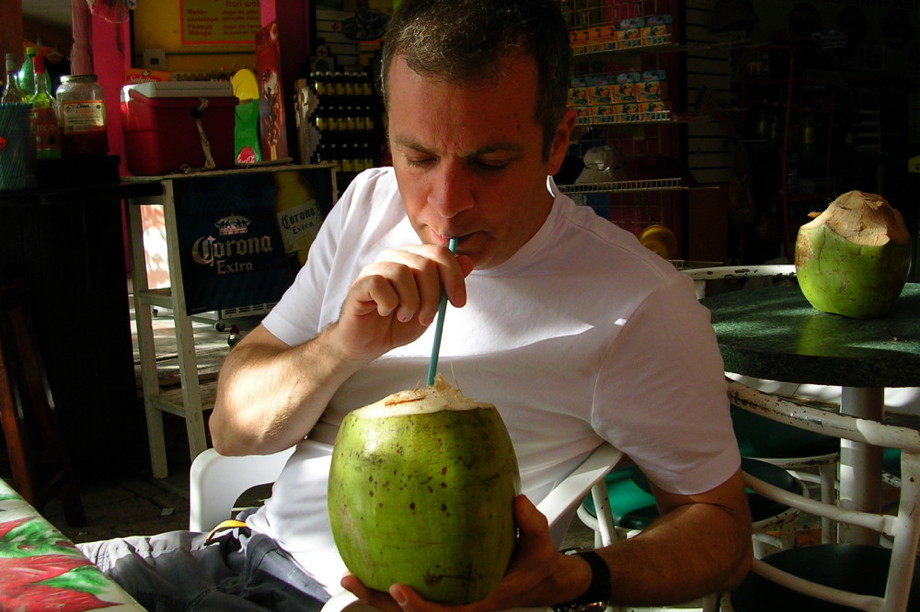
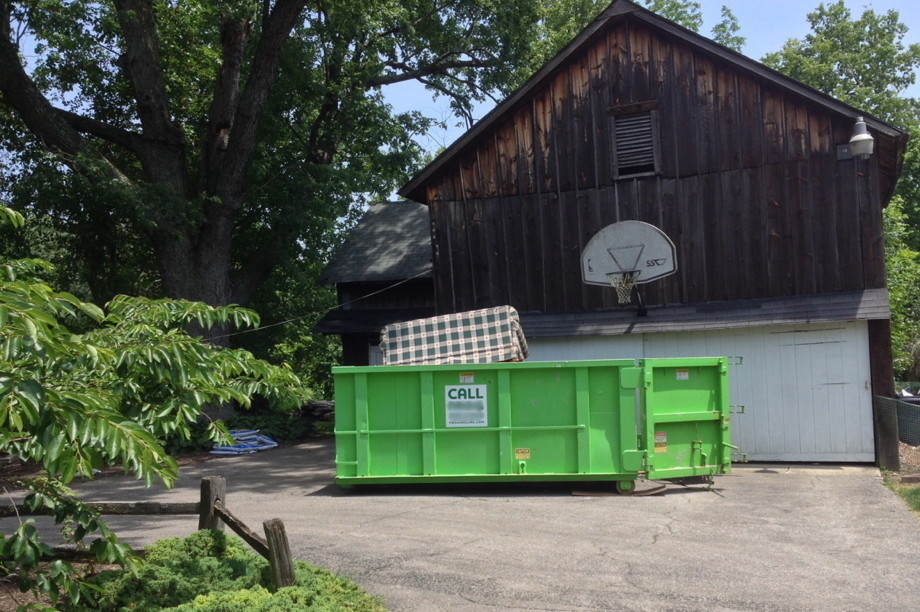

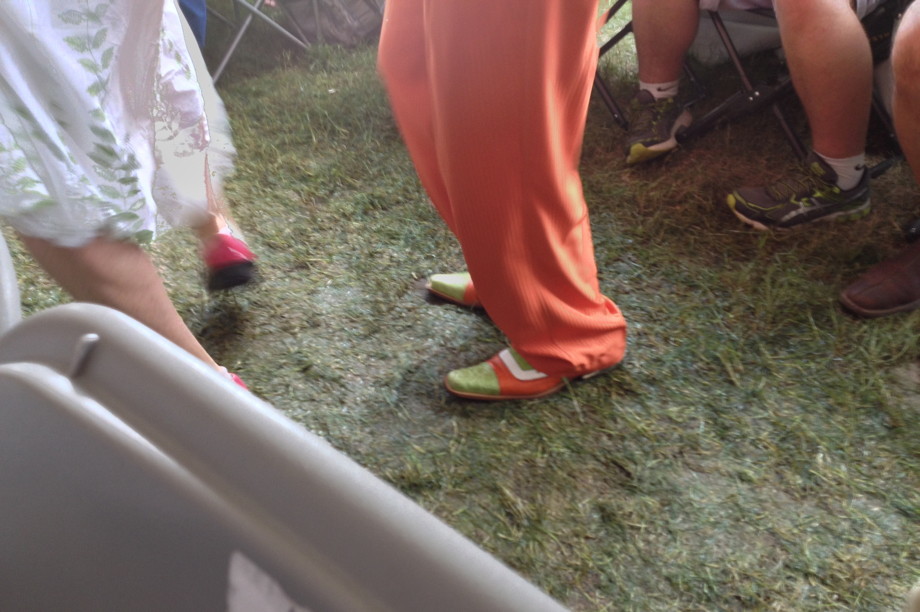
Add a comment
Comments